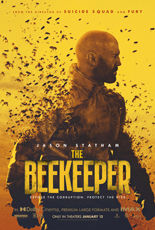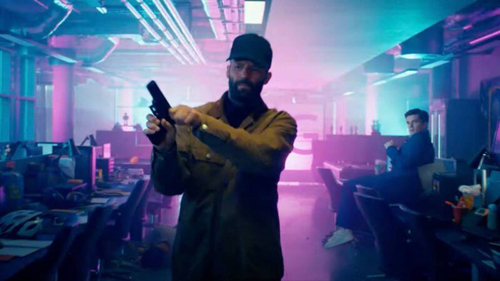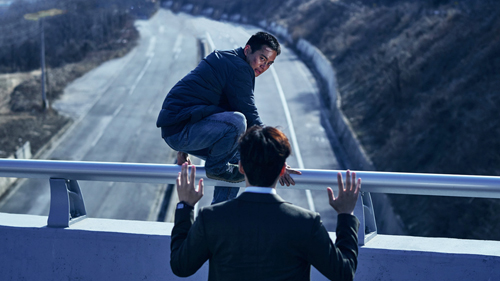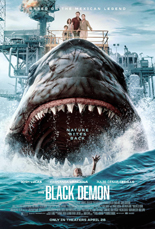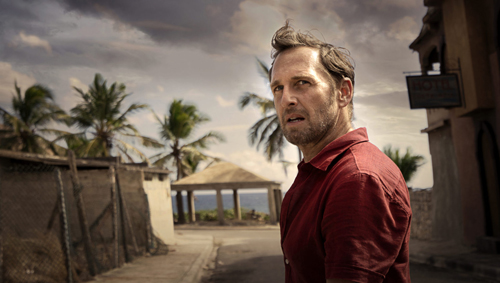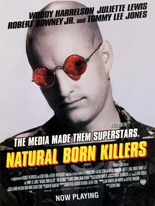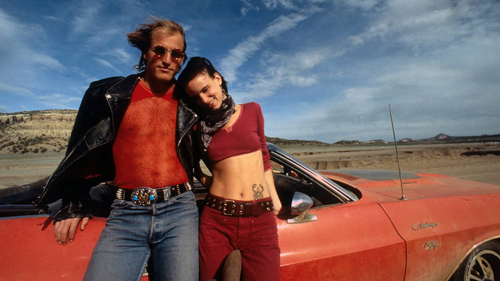
Loosely based on true events, Ransomed, from director Kim Seong-hun (2016’s Tunnel), sets into motion with the abduction — and presumed death — of a South Korean diplomat by Lebanese terrorists in Beirut.
One year later, however, a telephone call of Morse code to the South Korean government suggests the diplomat is alive. Rather than risk embarrassment, Foreign Affairs officials decide to go around proper channels — like intelligence agencies — and pursue an under-the-radar rescue operation. They send the mild-mannered company man who answered that late-night call: Deputy Lee Min-jun (Ha Jung-woo of Park Chan-wook’s The Handmaiden).
With a cash ransom of $2.5 million on his person, Min-jun lands in Beirut than gains an partner in slick-talking cabbie Pan-su (Ju Ji-hoon, The Spy Gone North). Pan-su’s an unwitting partner at first, forced into the situation by mere accident.
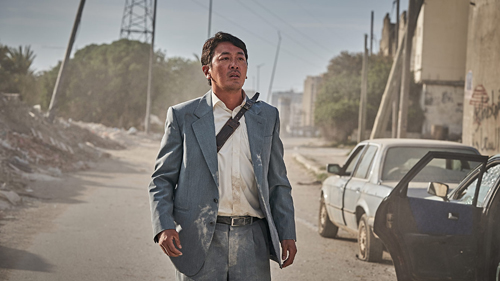
So begins the formula of every American buddy action-comedy of the 1980s and ’90s, only Ransomed often diverts from that well-laid path. Seong-hun offers no quips, no catchphrases, no “I’m too old for this shit”-type of shenanigans. As “wacky” as the poster sells the film, the film is not interested in being, say, Rush Hour 4.
This makes sense. Although compelling for the screen, the real-ilfe story of Do Chae Sung was too dire and dangerous to play for laughs. Seong-hun respects that while also administering the proper dosage of adrenaline to give the action sequences the punch to which modern audiences are accustomed.
Ransomed isn’t perfect, but Jung-woo and Ji-hoon — individually and in their interplay — often make you believe otherwise, except in an Act 2 lag. Knowledge of Eastern world politics may help you better understand the the plot nuances, but in terms of pure entertainment, the film transcends all barriers. —Rod Lott


